パックラフト・アディクト | #40 ポーランドのウォブジョンカ川 4DAYS TRIP <前編>インスタグラムで見た憧れの川へ
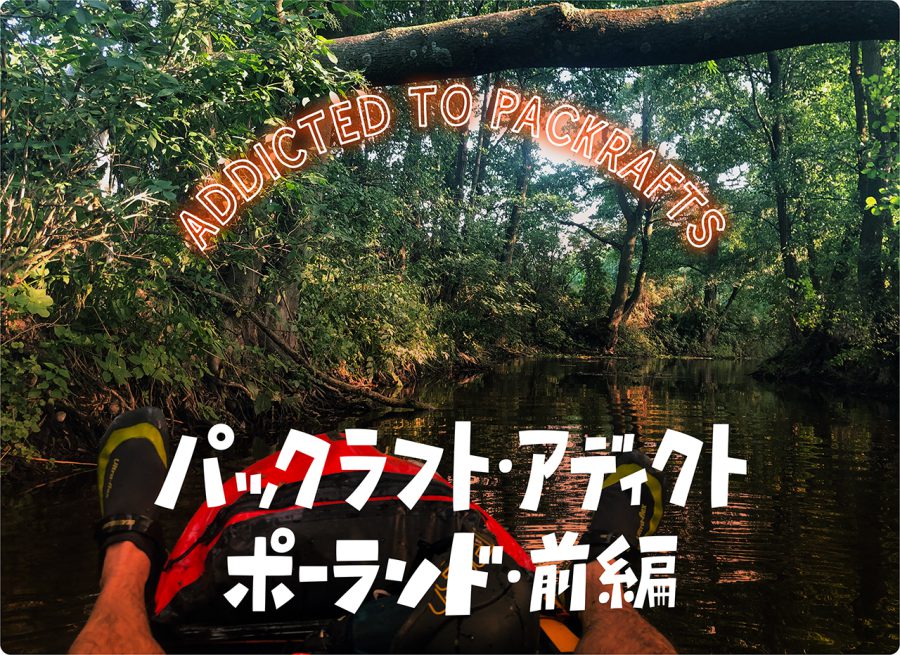
Paddling the Łobżonka River in Poland:Part 1
This was probably the slowest, most tiring and extremely frustrating trip that I have ever had. It took me around 26 paddling hours spread over 4 days to travel just over 56 km of the river. During this time, I walked out of the river in despair twice, climbed over at least a hundred of fallen trees, scratched my legs to the blood and punctured my boat. The name of the river that nearly defeated me was the Łobżonka and it is located in the north-west of Poland. But let me start from the beginning.
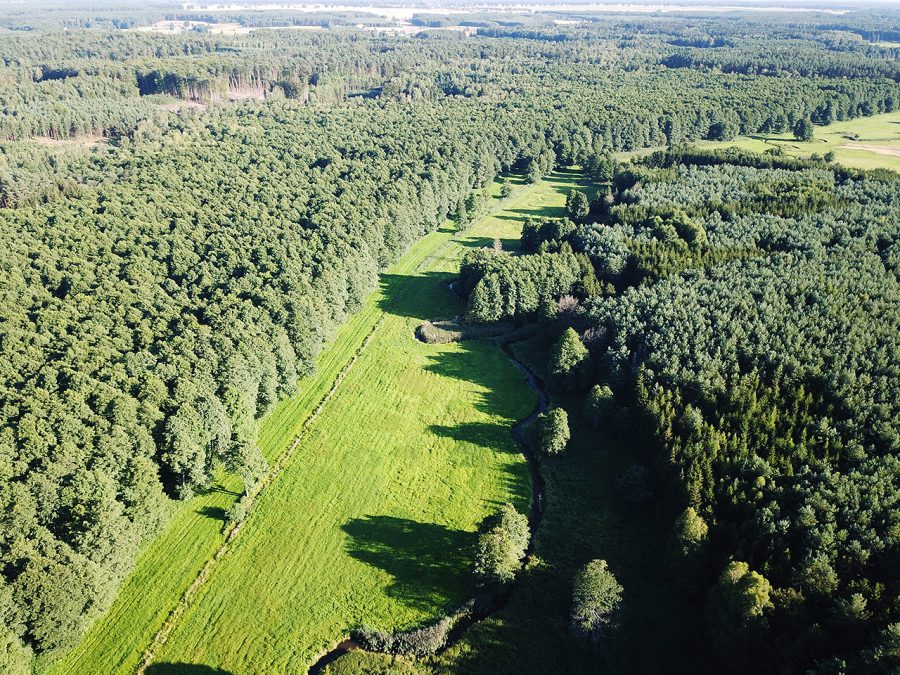
I came across this river by chance. Earlier last spring, when most of Europe was in the first COVID lockdown and we could not travel anywhere, I was going through my Instagram for inspiration and saw a beautiful drone picture of people kayaking on a small river taken by a Polish photographer.
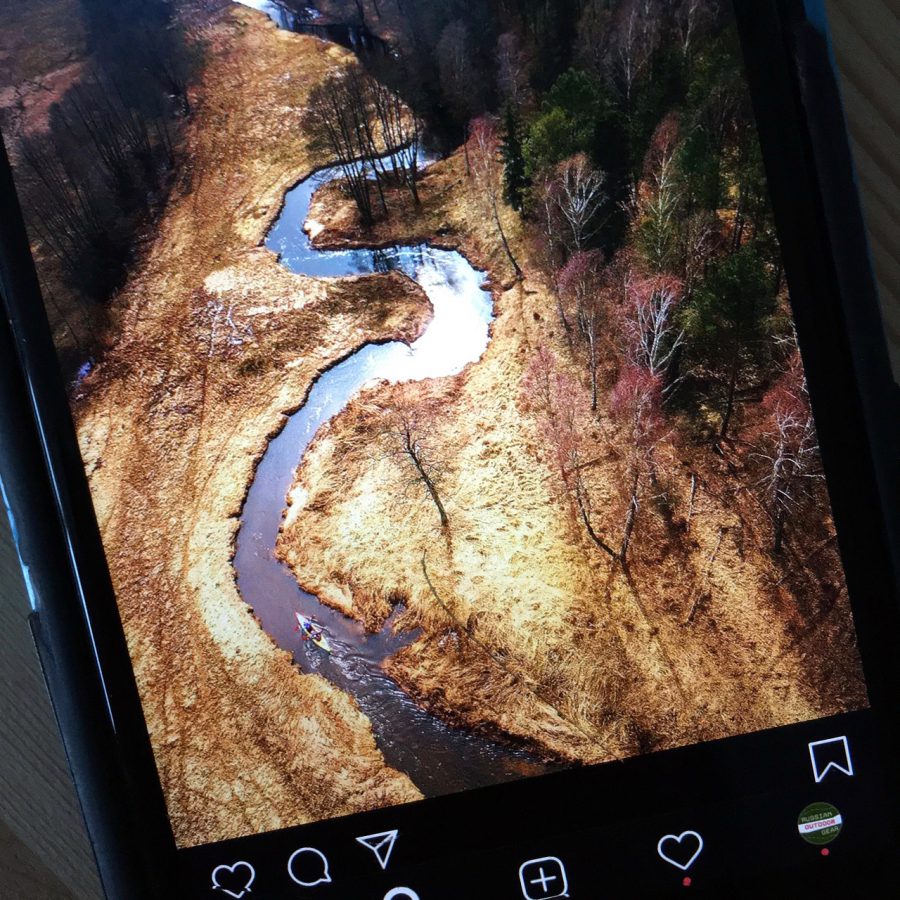
The late autumn colors of the meadows and darkness of naked trees provided a beautiful backdrop for the meandering stream, glistening in the sun. The caption under it said: “Perfect for a photo trip or kayak.” “Or maybe for a packraft” I said to myself and asked the photographer in the comments which river it was. He replied, saying that he did not remember the name of the river itself, but it was located near the town of Złotów in Poland.
Armed with this information, I went to Google Maps and after some 30 minutes of searching I found the meandering river flowing through meadows between forests. The name of it was the Łobżonka and it is a border river between two Polish provinces, one of which was the province my wife comes from. I made a mental note of this and decided that I would like to paddle the river if I ever had a chance.
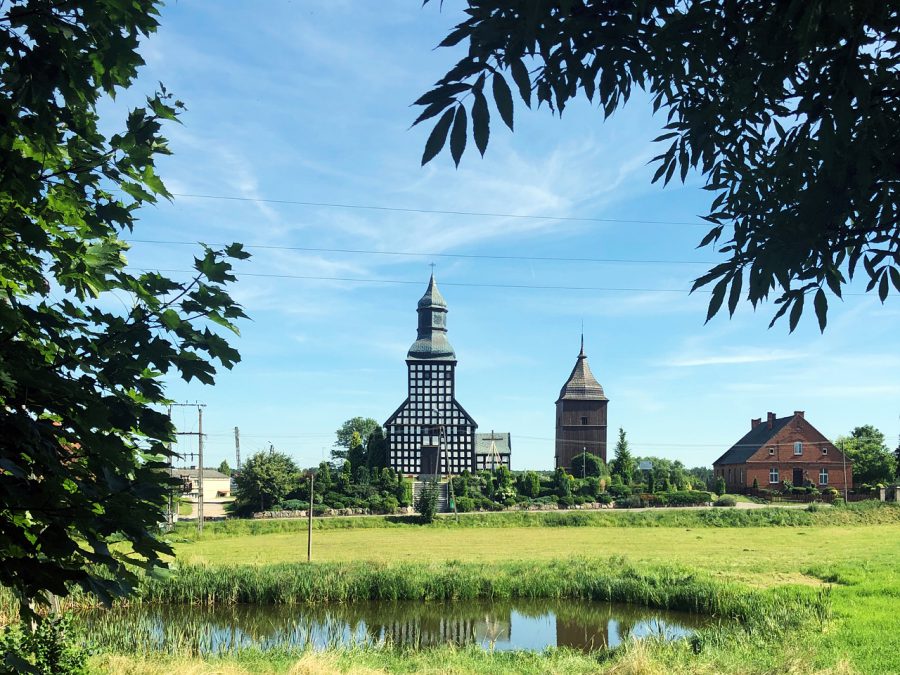
Fast forward to the beginning of August. The pandemic has slowed down a bit, but there are talks of the coming second wave. Some COVID restrictions have been lifted and it is again possible to travel within Europe, but one has to be careful as the borders can be closed any moment.
We are in Poland, visiting my wife’s family. As her grandmother is 90 and is in a bad physical shape, we have to be very careful and limit our social contacts as much as possible. Still, I am hopeful that I could get a chance to go out for a paddling trip somewhere.
The weather is also perfect – it is nicely hot (around 30 degrees) and dry. So, my thoughts go back to the river that I “found” earlier that year and I look for more information on kayaking there. Almost all what I could find is in Polish (good thing there is such a thing as Google Translate). Mostly it is just very generic information about the river, however, there is also an old trip report that provides more detailed description of various sections and gives a warning that there will be places where it would be necessary to portage around fallen trees.
I also find a couple of YouTube videos, which also show people dragging their kayaks through a forest. The Wikipedia entry on the Łobżonka has several sentences that describe the kayaking trail on three different scales in relation to its difficulty, attractiveness and the nuisance. According to the latter, the Łobżonka kayaking trail is category 4 (out of 6), which means that it’s “cumbersome,” requires necessary exits and the overcoming of obstacles could take as much time as you would spend on the water. “But this is for kayaks,” I try to convince myself. “SURELY, it would be much easier with a packraft.”
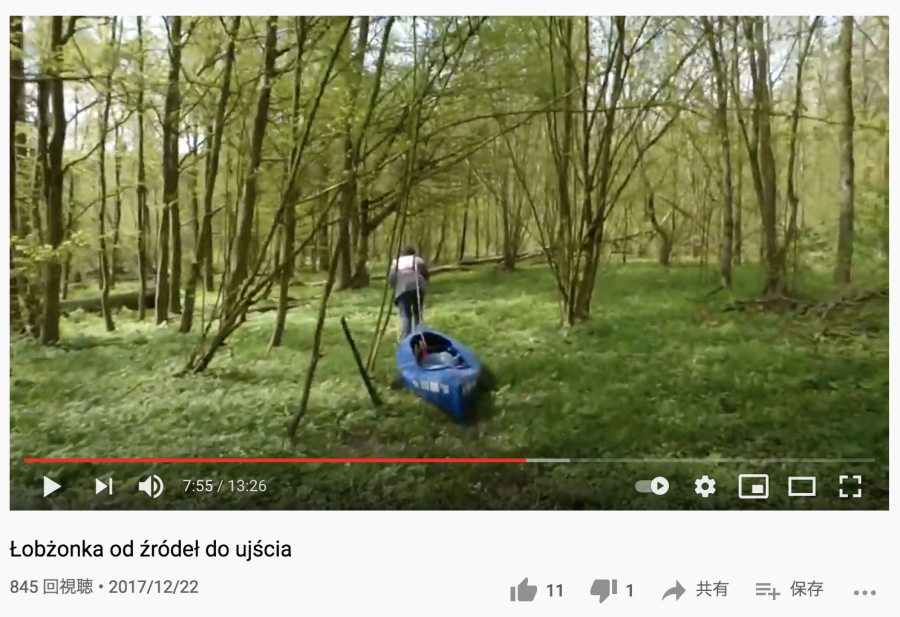
by YouTube「Urząd Miejski Gminy Łobżenica」
And even though I still have my worries about the water level (most information that I could find was about kayaking trips in spring and not really in the height of summer), I make an arrangement with my wife to drop me off at the furthest starting point and pick me up several days later. And off we go.
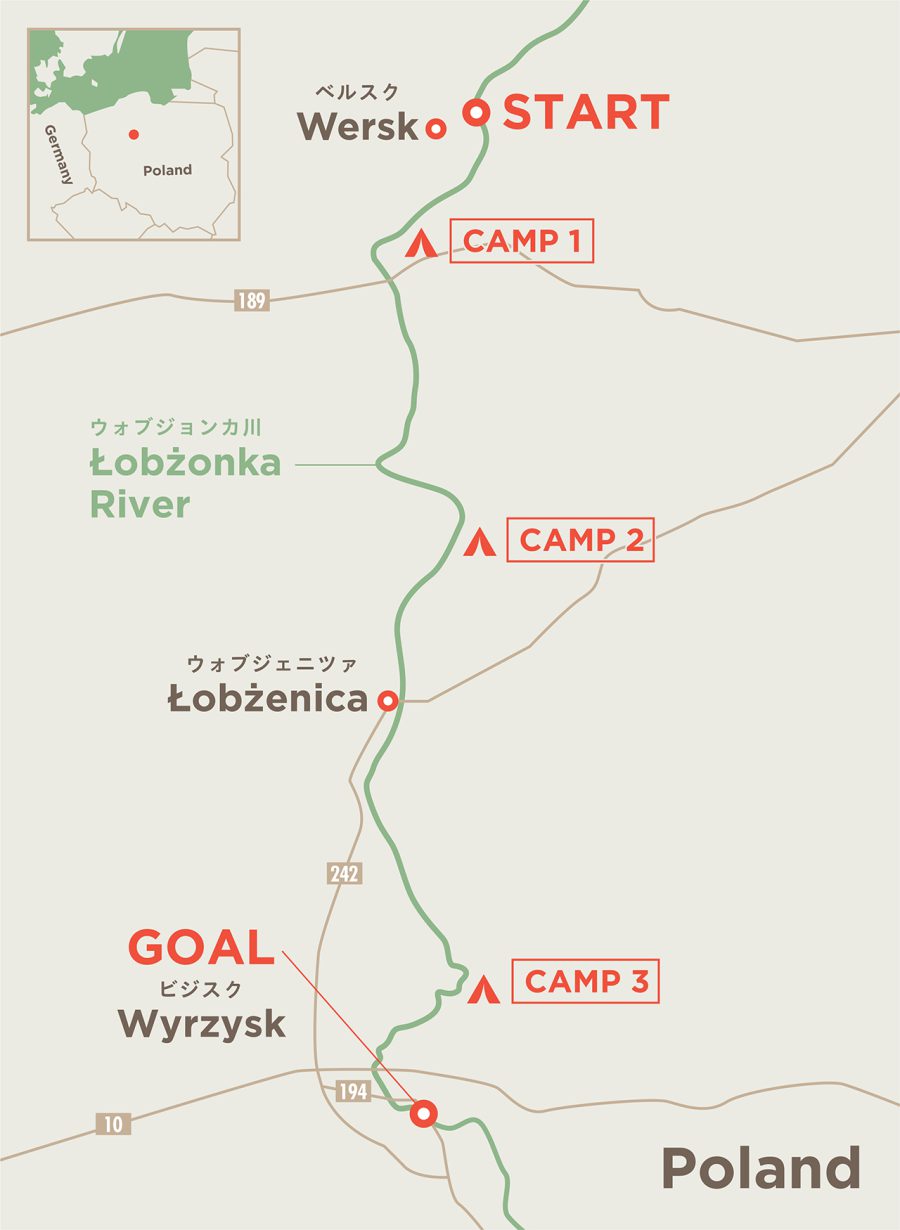
Day 1
The idea is to start at Czyżkowski Młyn, a small hydropower station located at around 62nd river kilometer. (This is the first and the smallest out of 6 such hydropower plants on the Łobżonka, which make the water levels often unpredictable.) This is not the most common starting place as there is often not enough water here. And sure enough, there is not much of it there this time either and we need to take a 15 km detour to get to the next access point – the Werski Bridge (58th river kilometer).
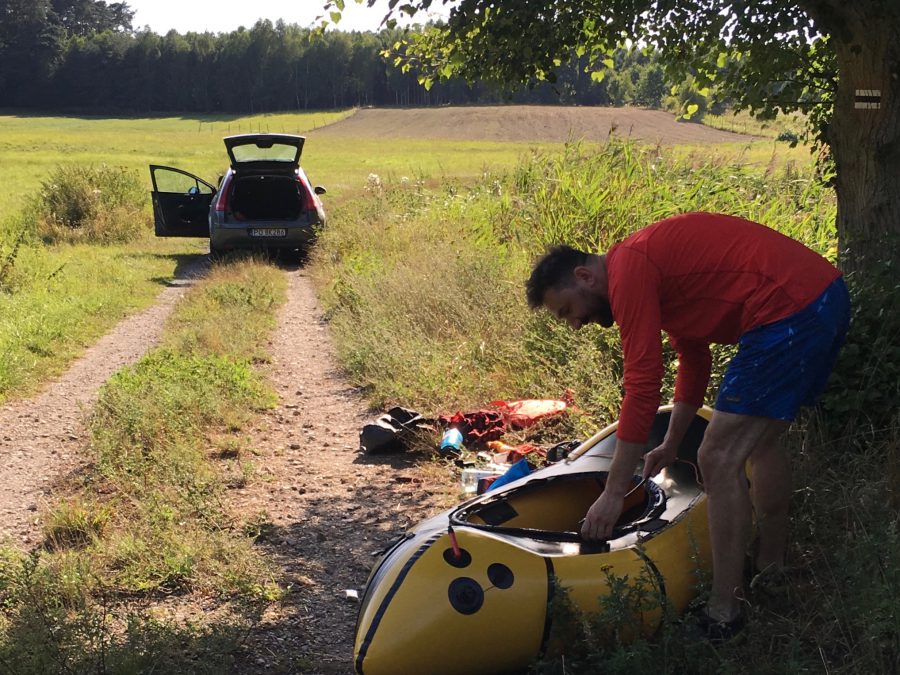
As it was after 5 pm already and I still had a good couple of hours of daylight in front of me, I was really eager to start. Especially, as, according to my calculations, this was just above the river section that I had seen in the picture on Instagram that spring. At this place the river was about 4 meters wide and there was a noticeable current. And even though there were more river plants than in the picture, there was still more than enough space for a packraft to pass. A few fallen trees that I came across were either high enough for me to paddle under or I could easily climb over them. The warm evening sun was shining from the blue sky. At a short distance, I heard a couple of common European cranes calling to each other from the meadows. It felt really right to be on the water again.
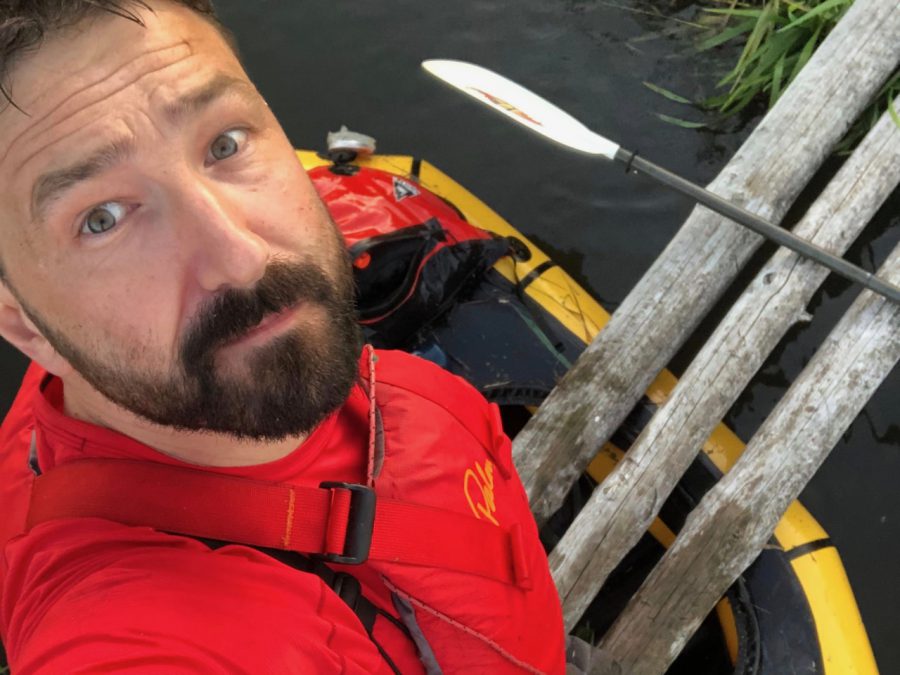
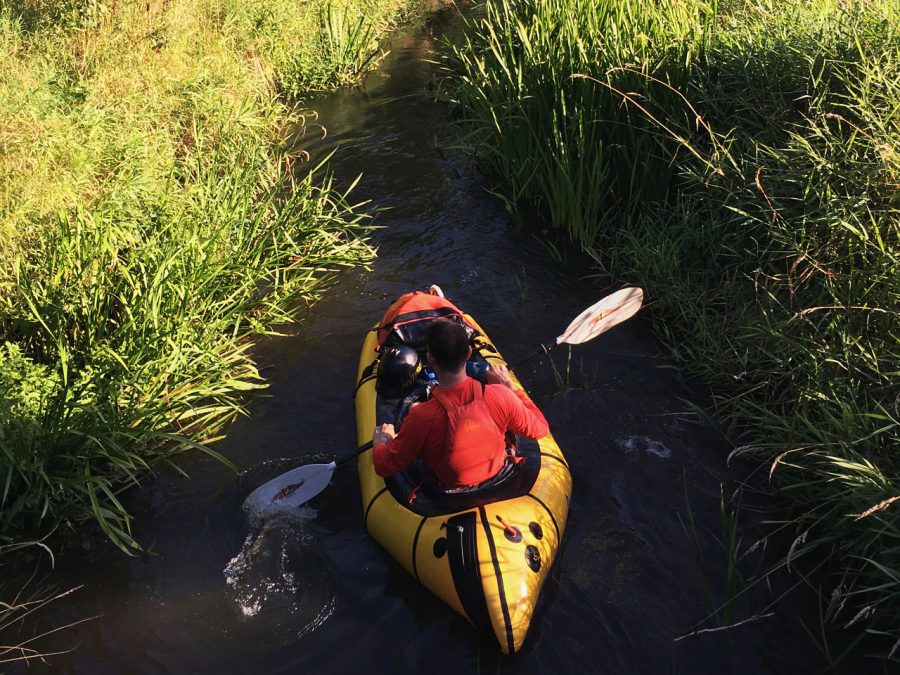
However, all this went south very quickly. As I paddled further, the riverbed became increasingly more overgrown with rushes, forcing me to try to break through them. Instead of a pleasant paddling trip it quickly turned into hard work. At some point, the vegetation became so thick that I had to push through them by grabbing rushes with my hands and trying to pull the packraft forward, just a few dozen of centimeters at a time, while being showered with bugs, larvae, snails and dead leaves at each move. This was not paddling any more – it was pure crawling.
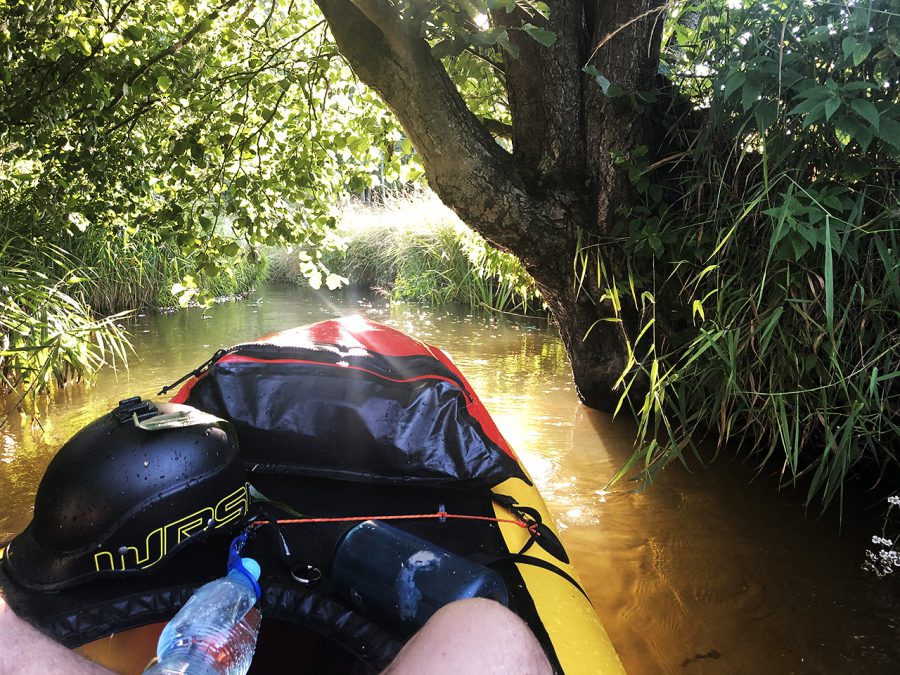
It felt as if the Łobżonka was trying to show me who was the boss. “Is this what this river going to be like?” I began to wonder. In the act of despair, I climbed onto the bank and pulled out my packraft, which could hardly be seen completely berried in the rushes. With it on my shoulder, I walked next to the river trying to find a less overgrown spot. A couple of times, I thought I found such a spot only to quickly realize it was not it and continue carrying the packraft again.
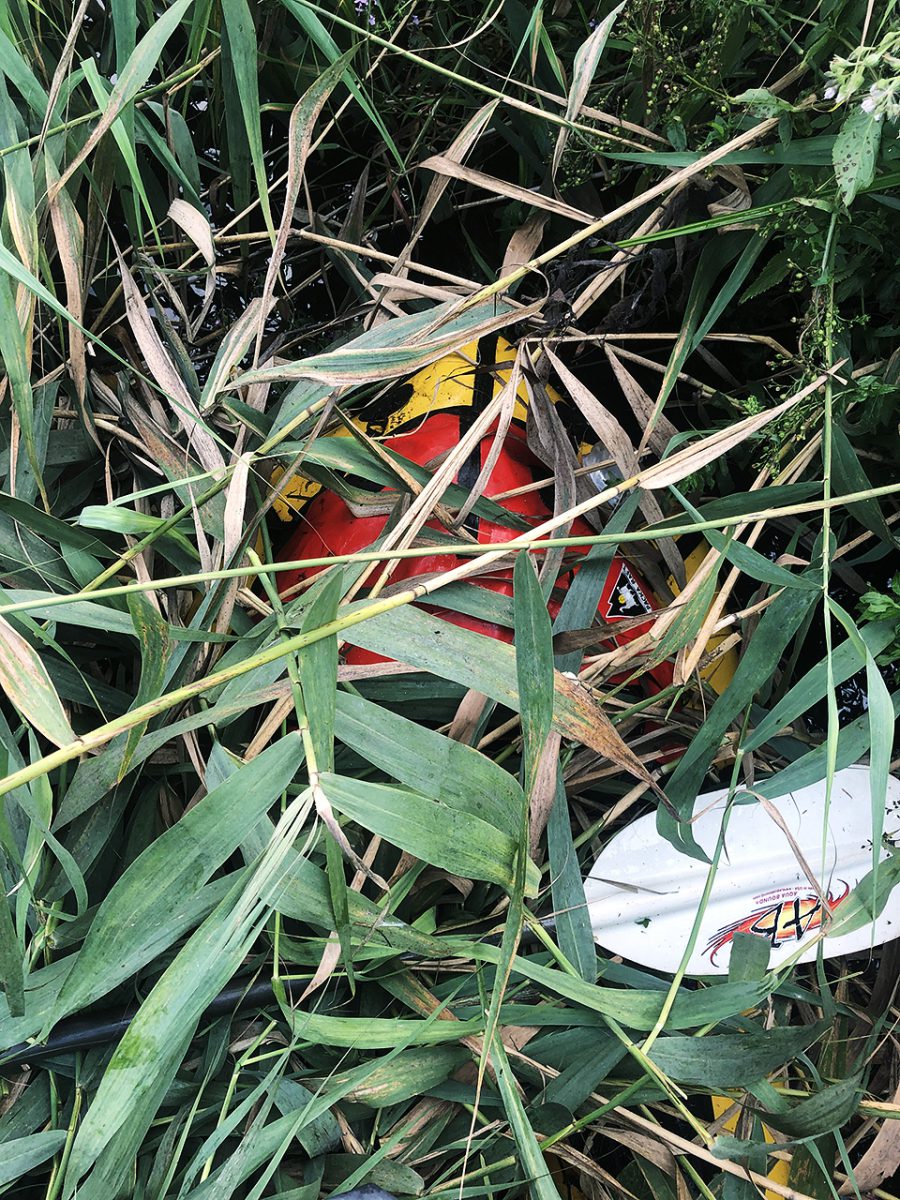
Finally, some 30 minutes later I managed to get onto the water. It was not perfect, but I could fight through the rushes without reserving to carrying packraft anymore. A little bit later, the river became a bit broader and I could enjoy paddling again. It seemed that I had passed the river’s first test.
I found a good camping spot on a hillock between the river and a small forest (51st river kilometer) when it already started to become dark. I quickly pitched my tent, had a cold dinner and got into my sleeping bag. Throughout the night, through my sleep, I heard what sounded like some a big animal foraging in the forest nearby. But I was just too tired to worry about that… (to be continued)
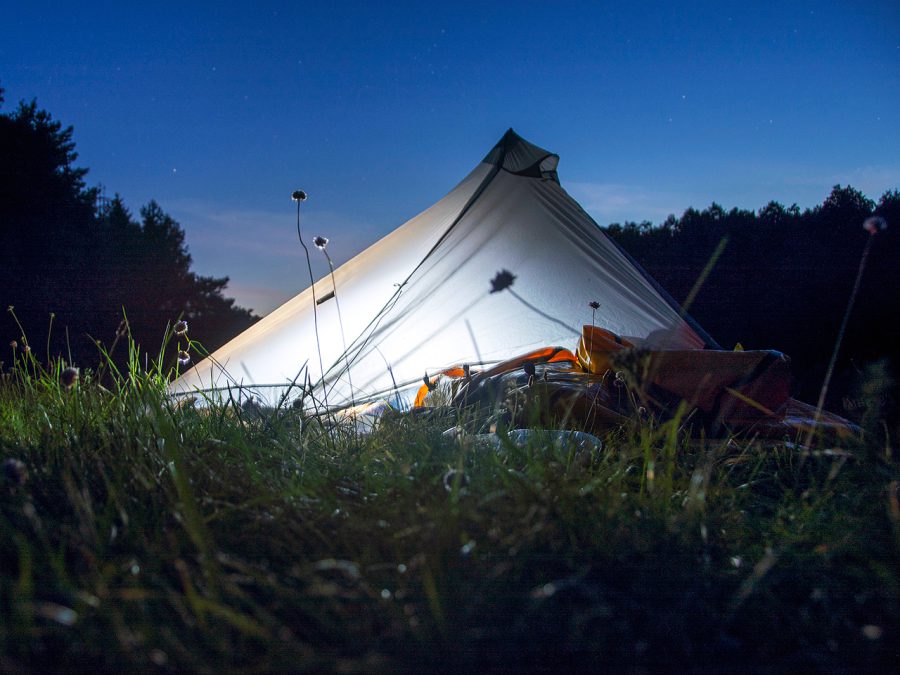
Related Articles
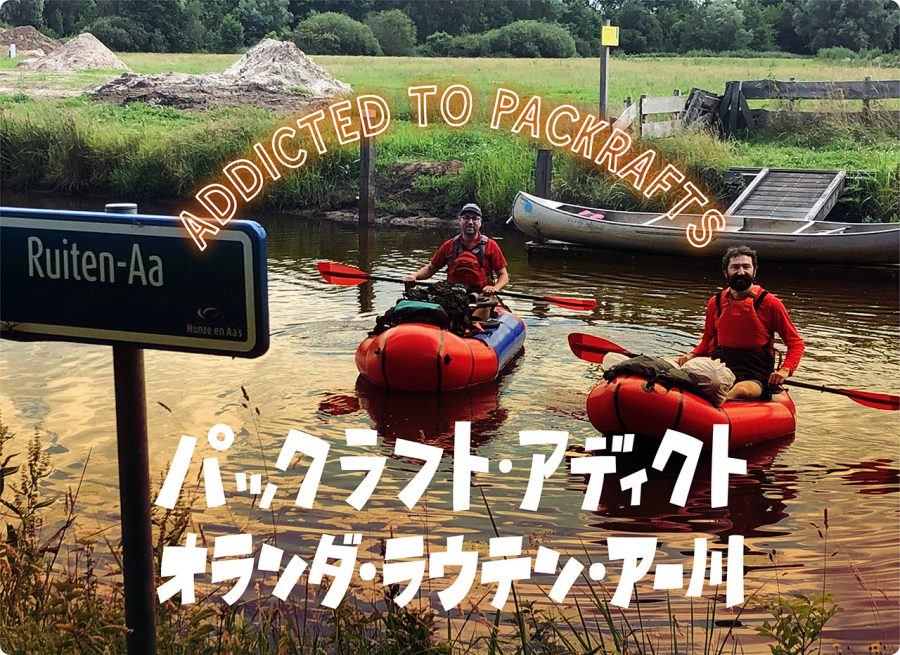
パックラフト・アディクト | #35 オランダのラウテン・アー川でバイクラフティング
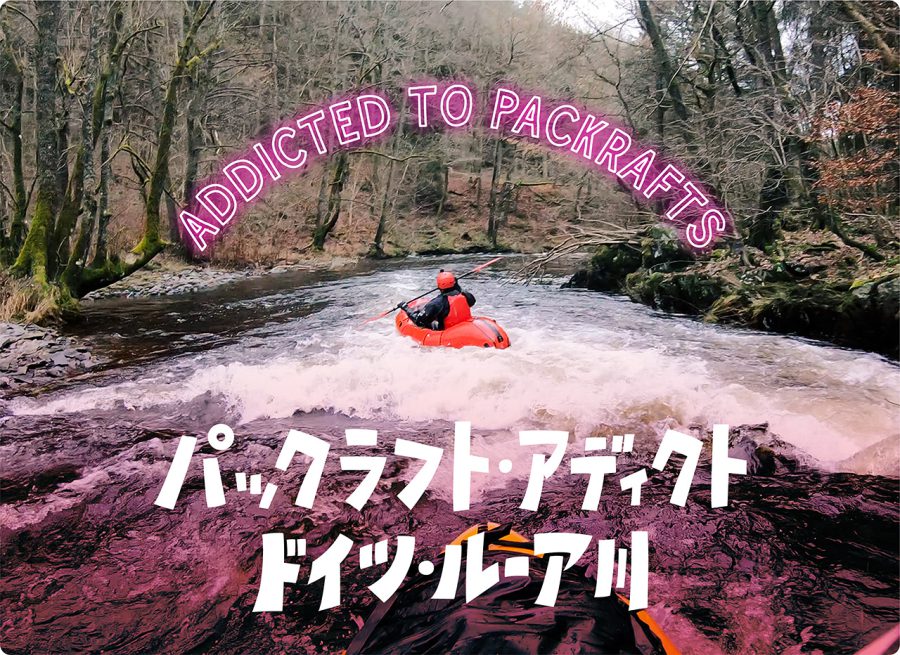
パックラフト・アディクト | #30 ドイツ・ルーア川 2Days Trip
- « 前へ
- 2 / 2
- 次へ »
TAGS:

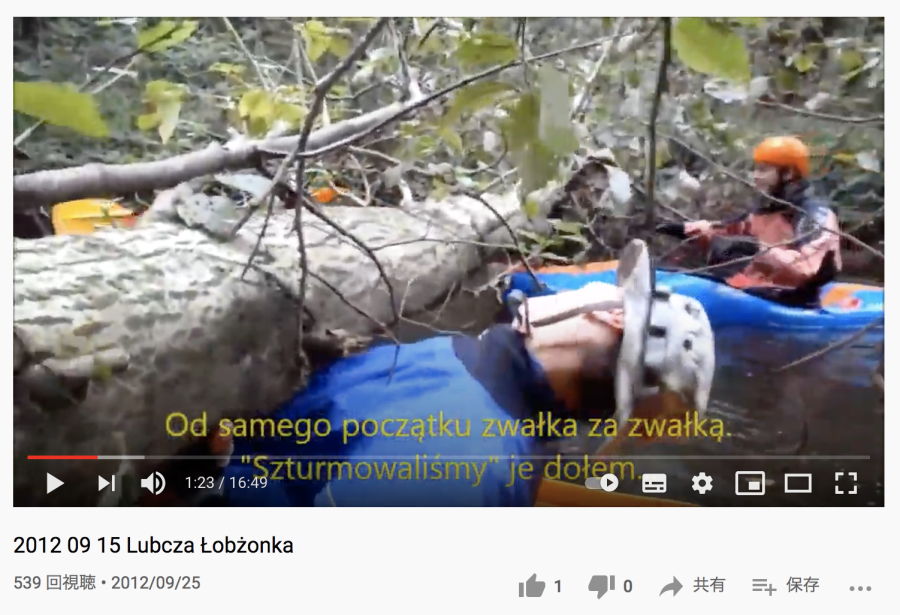










 ULギアを自作するための生地、プラパーツ、ジッパー…
ULギアを自作するための生地、プラパーツ、ジッパー…  ZimmerBuilt | TailWater P…
ZimmerBuilt | TailWater P…  ZimmerBuilt | PocketWater…
ZimmerBuilt | PocketWater…  ZimmerBuilt | DeadDrift P…
ZimmerBuilt | DeadDrift P…  ZimmerBuilt | Arrowood Ch…
ZimmerBuilt | Arrowood Ch…  ZimmerBuilt | SplitShot C…
ZimmerBuilt | SplitShot C…  ZimmerBuilt | Darter Pack…
ZimmerBuilt | Darter Pack…  ZimmerBuilt | QuickDraw (…
ZimmerBuilt | QuickDraw (…  ZimmerBuilt | Micro Pack …
ZimmerBuilt | Micro Pack … 















